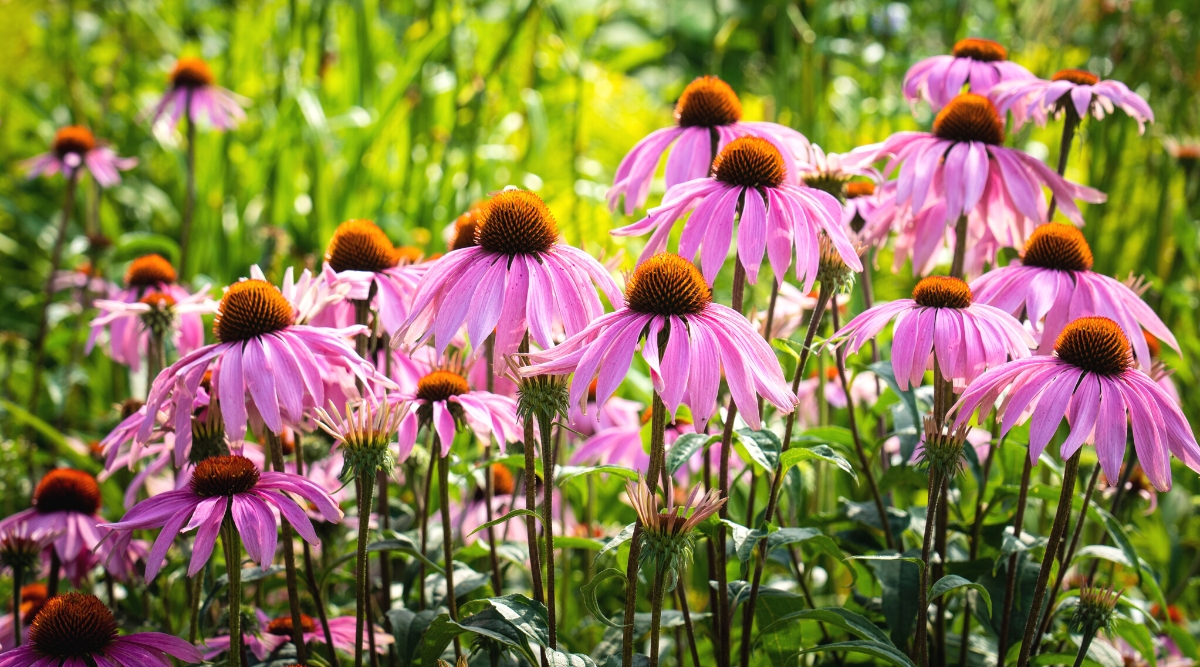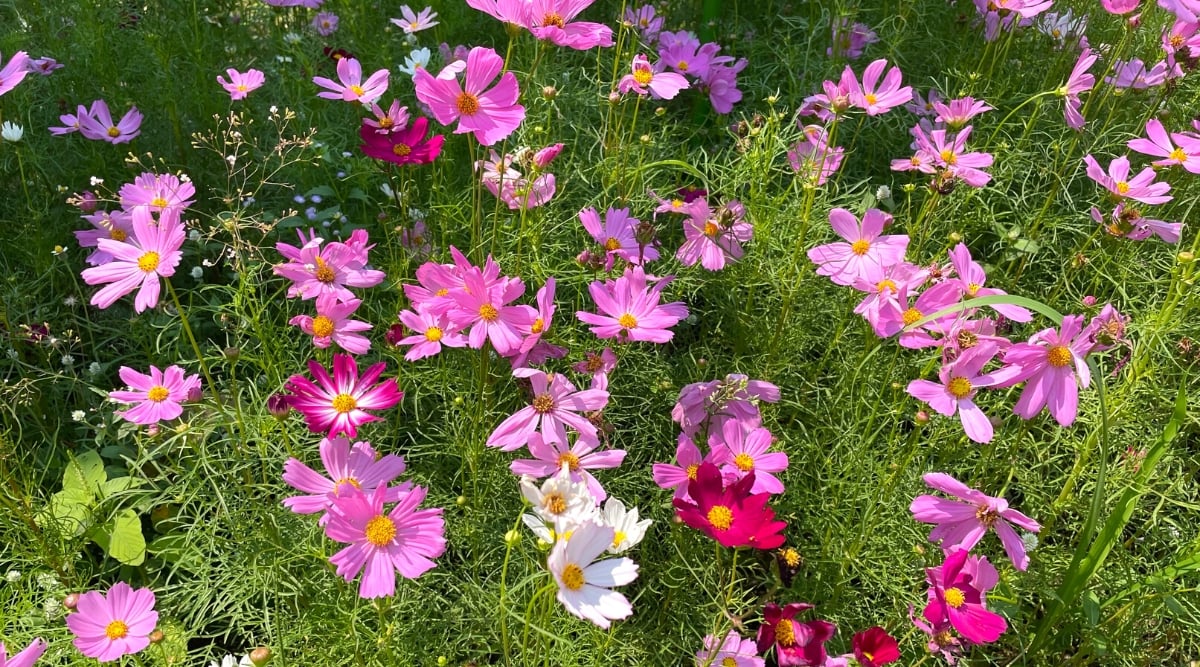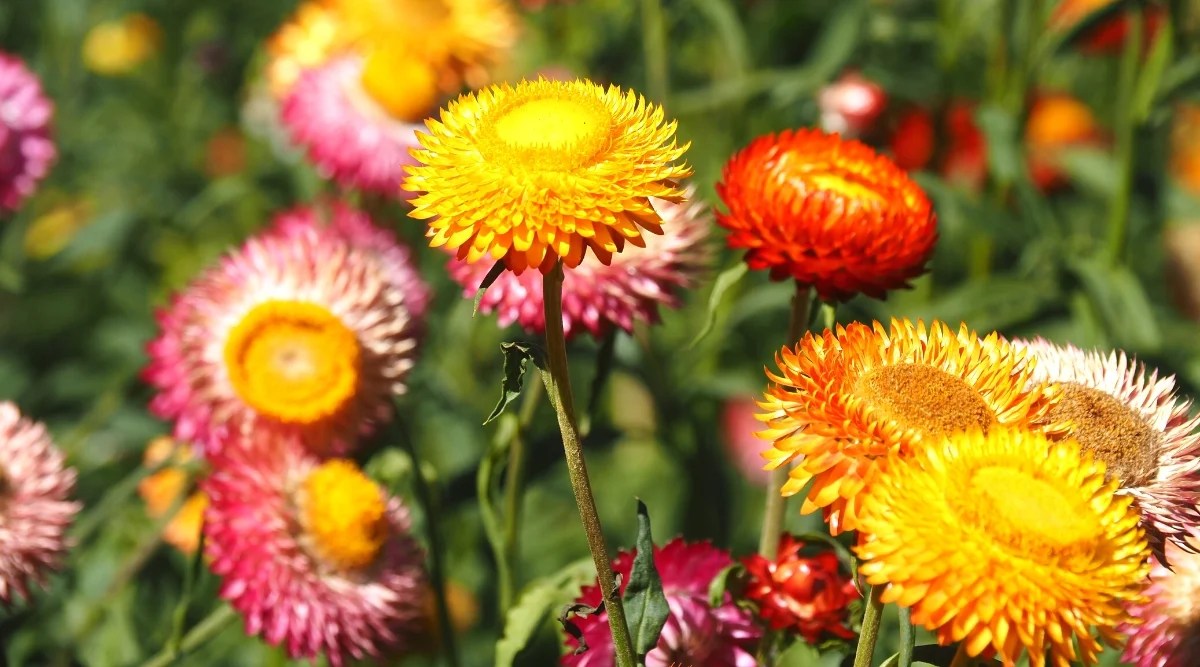blossom
recollect of planting coneflower in your garden , but want to check that they ’ll rejoin each year ? In this article , gardening expert Jill Drago essay the lifecycle of the coneflower , and if they are consider yearly , biennial , or repeated plant .
capacity

When you are plan a garden , lots of thought belong into choosing the right plants for your blank space . You could be focused on one color or a specific stylus . Typically gardeners wish to have something blooming in their gardens at each gunpoint in the maturate season . This often requires the addition of annuals into your perennial gardens .
So what about coneflowers?Coneflowershave brightly colored daisy - like flowers that can fill sunny garden in a shortsighted period of prison term . Will they return each year , or do you postulate to buy and replant more coneflowers next year ?
Have you decided to tot up coneflower to your garden but want to know more about their development habits and how to take maintenance of them ? Let ’s learn a little more about coneflowers and whether they are study annual , biennial , or recurrent industrial plant . You ’ll also learn how you could contain them into your gardens . Let ’s dig in !

The Quick Answer
coneflower orEchinacea purpureaand other species of the Echinacea genus areconsidered herbaceous perennials . This intend you establish them once . After blooming , they will go abeyant in the winter and will return in the spring .
There are ten main coneflower species with innumerous potpourri . Coneflowers earn popularity for their over-embellished , pinkish , and white diversity . This perennial has also been hybridized for colour , and you may now regain coneflowers in almost every color under the sun .
Annuals, Biennials, and Perennials
To in full realize what it means for a industrial plant to be a perennial , it is good to know about the other categories of plants andabout their life history cycle .
Annual
Annual plants will typically live for just one growing time of year . Depending on the flora , they will either fail off in uttermost heating or after the frost hit . These plants , such as geranium or petunias , tend to be more glossy and come in various bright color across many species . Some repeated works are deal as annuals , reckon on the mood .
Biennial
Biennials last for two develop seasons . They will typically flower during both seasons and produce their seed in the second season . An example of a popular biennial would be Delphinium .
Perennial
Perennials add up back each year and are the moxie of the garden . These plants may not dwell forever , but they are worth the investment and usually last at least five long time . Catmint and hosta are perennial .
Hardiness Zones
Coneflowers have a broad hardness range . These perennials are intrepid from zones 3 - 8 . These plants are very resilient and can tolerate both heat and restrained temperature very nicely .
Growing Coneflower
Growing these brightly colored perennial in your garden is very dewy-eyed . These colourful perennial love to be planted in full Lord’s Day and in well - drain dirt . Full Dominicus is six hours of Dominicus or more , and well - enfeeble soil can retain moisture without becoming swampy .
plant life in the springiness or the fall when the soil is well-situated to wreak with and the temperatures are fond but not hot . If you plant in the midriff of the summertime , you launch the risk ofyour coneflower suffer from transplant shock .
tot mulch to your garden can help the coneflower to retain wet . These aboriginal are relatively drouth resistantonce they have establish themselves in your garden , which can take up to a year .

Coneflowers will do good from a spring program of fertilizer . They do not call for any special type of fertilizer . A canonic recipe such as Espoma Plant - tone will work perfectly . Whichever plant food you choose , adopt the label educational activity to control your plant life are amaze just the right amount .
Thesebeautiful perennial bloom early in the seasonand will flower well into dusk , but all good things must come to an terminal . Deadhead the drop flowers of your coneflowers to encourage more blooming and also to terminate the germ from ego - sowing into your garden . They can alsobenefit from the episodic light pruning . When the season winds down , cut the stems and leaves of the works to within a few inch of the ground .
Annual Look-alikes
If you have it off the feeling of coneflower but do n’t inhabit in the best domain to grow it as a perennial , or perchance you do n’t want to invest time in perennial and require to impart some brightly colored prime to your containers or windowpane boxes , here are a few theme for you !
African Daisy
Cosmos
Gerbera Daisy
Strawflower
Sunflower
Zinnia
Final Thoughts
Now that we have covered that coneflowers are view perennial plants in most hardiness zones , I ’m certain you ’ll be able to receive hatful of places for them in your garden . To screw a coneflower is to love a coneflower . With fiddling effort from you , your garden can be filled with beautiful , brightly dark flower in no metre and for many geezerhood to issue forth .






